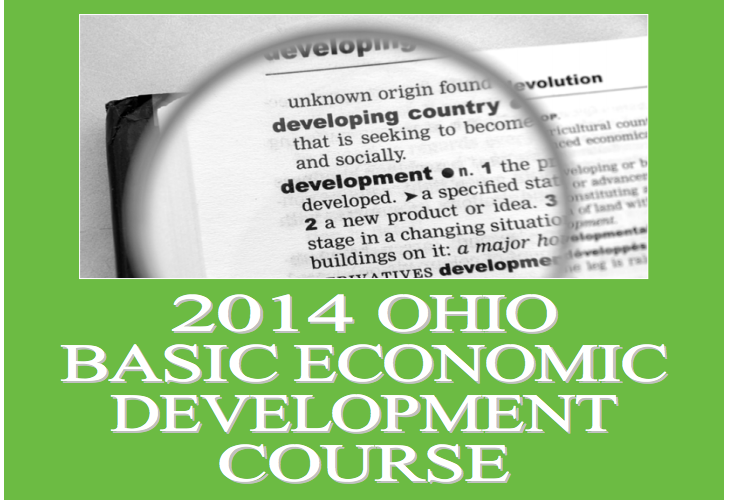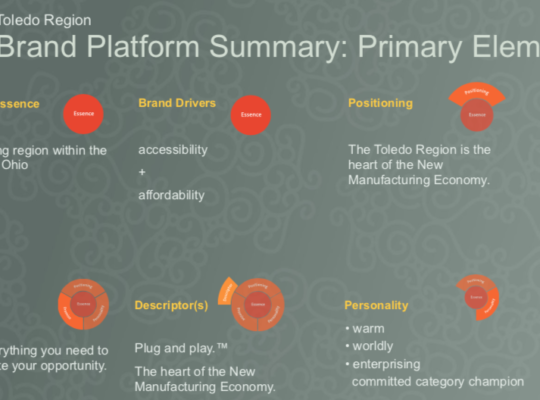March 4, 2014 is the original publication date for this, on trep.org.
I am “going back to school” this week, to take the Ohio Basic Economic Development Course (by OEDA). To better understand how the economic development world works, I thought I should at least take the beginner course. I have been observing economic development from a distance for about 5 years now, but I need a need a better understanding of how all of the pieces work. Topics on the agenda for the two and a half day course (with a few comments):
- Strategic planning (how will it differ from “corporate UX strategic planning”?)
- Community development (intersection with planning, focus on financing aspect, perhaps)
- Finance
- Marketing (designing experiences & marketing go well together…or butt heads)
- Business retention & expansion (user group: current businesses in region)
- Ethics
- Business attraction (user group: potential businesses)
- Managing economic development organizations (how to design good “intranet” experiences for ED teams to be effective?)
- Small business development
- Real estate development and reuse (the physical world, not all digital)
- Workforce development (aka “talent”)
As I have looked over the agenda, and reminded myself of some ED & ED connections, here are some of the more “advanced” topics I may pursue after I am done with the “basics”:
- Branding / marketing / selling / support: how each layer works in ED (vs. corporate) to help design across the possible silos.
- Talent attraction & retention in a model focused on “workforce development”. Does “economic development” actually include these 2 talent aspects, or is it left to someone else (like corporate HR departments)?
- Residents as stakeholders in ED efforts. Residents as target audiences (on par with business leaders and site selectors?).
- Role of (information) technology in ED #1: How technology changes how ED professionals work (e.g., tools to do their jobs better).
- Role of (information) technology in ED #2: How technology is changing the global economy. A few examples: Remote workers and globally distributed companies; software start-ups with a few employees worth more than huge, “traditional” companies; 3-d printers and advanced manufacturing. Thus, how regional economic development strategies need to change in light of the global shifts. One possible example: do not think of IT as another “industry vertical” like manufacturing or solar energy. Instead, think of it as a horizontal enabler of all economic development activity in the region.







